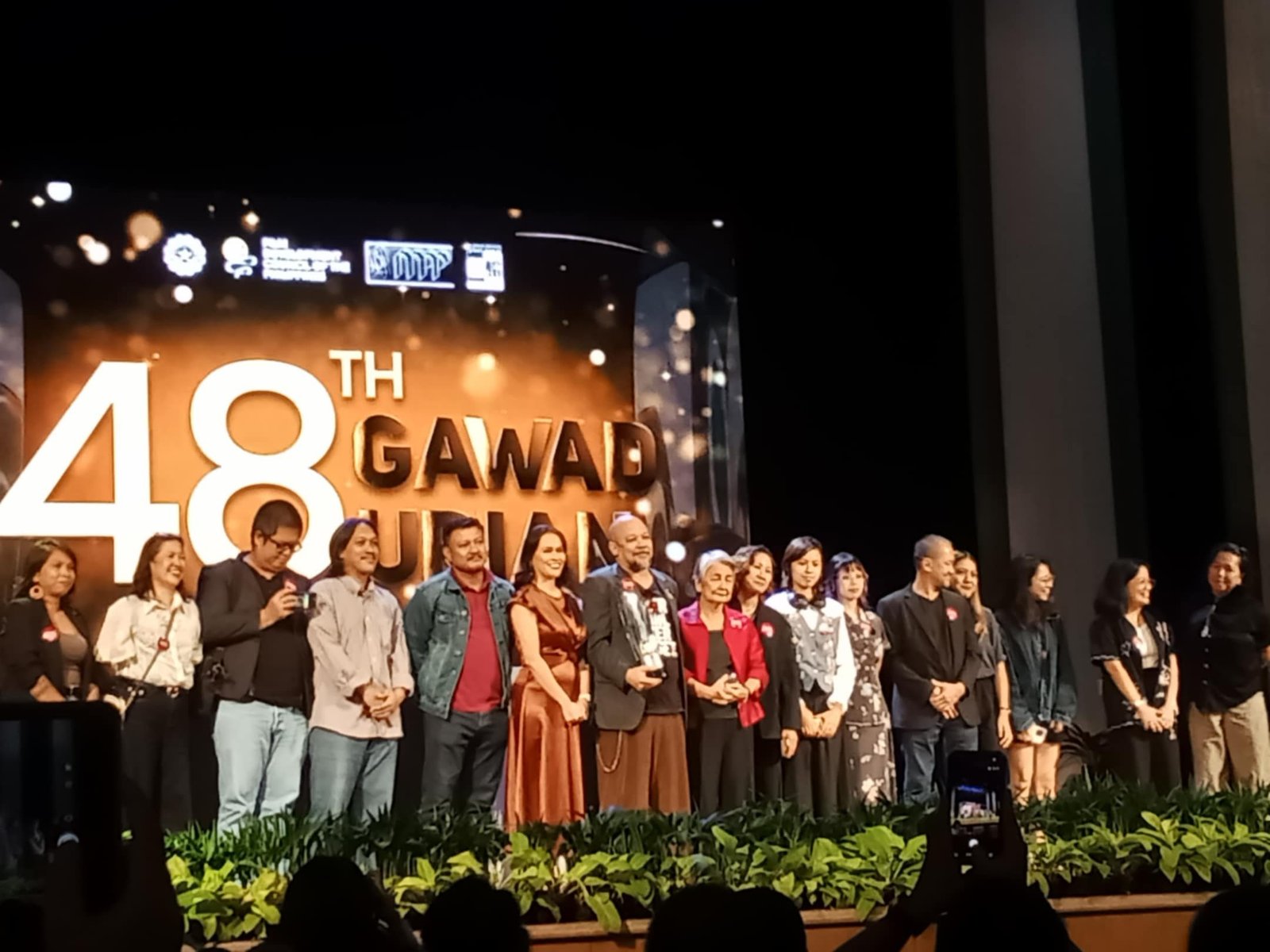Fashion is a powerful medium that tells stories, preserves traditions, and expresses identity. In the Philippines, clothing is more than just fabric and thread – it is a vibrant reflection of the country’s rich history and diverse culture. By exploring Filipino fashion, we gain a deeper understanding of the values, artistry, and heritage that define the Filipino people. This article delves into how fashion serves as a gateway to appreciating Filipino culture and celebrates Filipino heritage in a meaningful way.
Celebrating Filipino Heritage Through Traditional Attire
Traditional Filipino clothing is a beautiful tapestry woven from indigenous materials, colonial influences, and regional variations. Each piece carries symbolic meaning and showcases the craftsmanship of Filipino artisans.
-
Barong Tagalog: Often called the national dress for Filipino men, the Barong Tagalog is a lightweight, embroidered shirt made from piña (pineapple fiber) or jusi fabric. It is worn untucked and is a staple at formal events such as weddings and state functions. The intricate embroidery patterns often represent nature and Filipino folklore.
-
Terno: For women, the Terno is an elegant dress characterized by its butterfly sleeves. It evolved from the traditional Maria Clara gown, named after a character in José Rizal’s novel. The Terno is a symbol of grace and femininity, often made with delicate fabrics like silk and adorned with hand-stitched details.
-
Malong and Other Regional Garments: Beyond the well-known Barong and Terno, the Philippines boasts a variety of regional clothing such as the colorful Malong from Mindanao, the Ifugao’s woven skirts, and the Ivatan’s vakul headgear. These garments reflect the diverse ethnic groups and their unique cultural identities.
Exploring these traditional attires offers a window into the Filipino way of life, their respect for nature, and their artistic heritage.
The Role of Modern Filipino Fashion in Celebrating Filipino Heritage
Modern Filipino designers are blending tradition with contemporary styles to keep Filipino heritage alive in the global fashion scene. This fusion not only preserves cultural elements but also makes them accessible and relevant to younger generations.
-
Incorporating Indigenous Textiles: Designers use indigenous fabrics like piña, abel, and t’nalak in modern cuts and silhouettes. This practice supports local weavers and promotes sustainable fashion.
-
Reviving Hand Embroidery and Weaving: Techniques passed down through generations are being revived and adapted in modern collections. This helps maintain artisanal skills and honors Filipino craftsmanship.
-
Fashion Shows and Cultural Events: Events like Philippine Fashion Week highlight collections that celebrate Filipino identity. These platforms educate audiences about the stories behind the garments and the cultural significance embedded in each design.
By supporting Filipino designers and their work, consumers participate in a movement that values heritage and innovation equally.
How Do Filipinos Show Appreciation?
Filipinos express appreciation in many heartfelt ways, and fashion is a key avenue for this cultural expression. Wearing traditional clothing during important occasions is a common practice that honors ancestors and cultural roots.
-
Festivals and Celebrations: During fiestas and cultural festivals, Filipinos proudly wear traditional attire to showcase their heritage. This act of dressing up is a form of respect and communal pride.
-
Gift-Giving of Handcrafted Garments: Handwoven textiles and embroidered pieces are often given as gifts to symbolize goodwill and appreciation. These gifts carry emotional value and cultural significance.
-
Passing Down Clothing: Families often pass down traditional garments through generations, preserving memories and stories. This practice strengthens family bonds and cultural continuity.
-
Supporting Local Artisans: Purchasing handmade Filipino clothing and accessories is a way to appreciate and sustain the livelihoods of local craftspeople.
These gestures reflect the warmth and respect embedded in Filipino culture, making fashion a living expression of appreciation.
Practical Ways to Embrace Filipino Culture Through Fashion
If you want to appreciate Filipino culture through fashion, here are some practical steps you can take:
-
Learn About the History: Understanding the origins and meanings behind traditional garments enriches your appreciation.
-
Wear Filipino-Inspired Clothing: Incorporate pieces like Barong Tagalog or accessories made from indigenous fabrics into your wardrobe.
-
Support Filipino Designers and Artisans: Purchase from brands and markets that promote Filipino craftsmanship.
-
Attend Cultural Events: Participate in festivals or fashion shows that celebrate Filipino heritage.
-
Share the Stories: Educate others about the significance of Filipino fashion to spread awareness and respect.
By actively engaging with Filipino fashion, you contribute to the preservation and celebration of a vibrant culture.
Embracing Filipino Culture Appreciation Through Fashion
Fashion is a dynamic and accessible way to connect with Filipino culture. Whether through traditional attire or modern designs, clothing tells stories of resilience, artistry, and identity. For those interested in deepening their understanding, exploring filipino culture appreciation through fashion offers a meaningful and enriching experience.
By valuing and wearing Filipino-inspired fashion, you honor the heritage and creativity of the Filipino people. This celebration of Filipino heritage through fashion is not only a tribute to the past but also a vibrant expression of cultural pride for the future.











